Home>Technology>Home Entertainment Systems>How To Build A Boombox
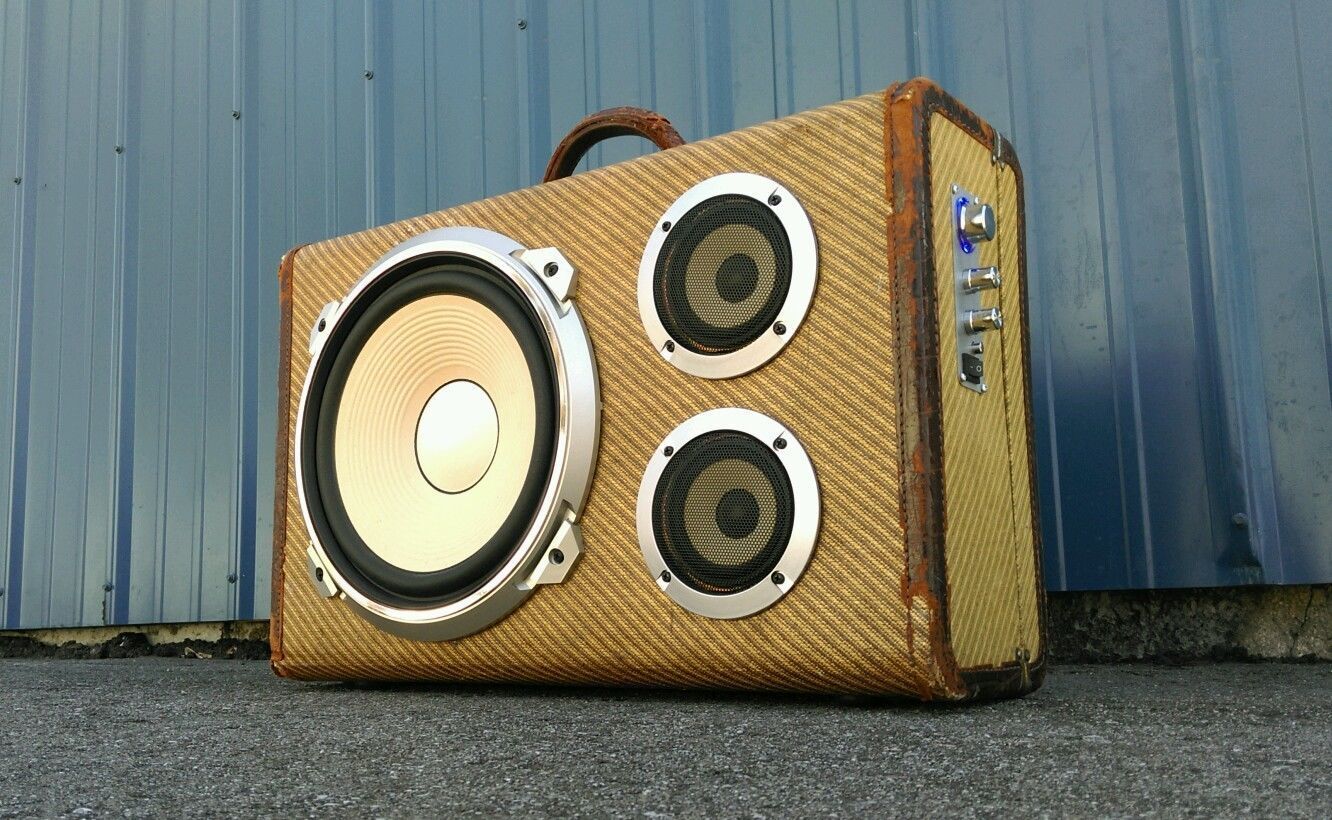

Home Entertainment Systems
How To Build A Boombox
Modified: March 2, 2024
Learn how to build a boombox and enhance your home entertainment system with our step-by-step guide. Create your own custom sound system today!
(Many of the links in this article redirect to a specific reviewed product. Your purchase of these products through affiliate links helps to generate commission for Storables.com, at no extra cost. Learn more)
Introduction
So, you want to take your music on the go, but you're tired of the tinny sound and limited volume of portable speakers. It's time to step up your game and build your own boombox. Imagine the satisfaction of crafting a powerful, high-fidelity sound system that you can proudly carry around and show off to your friends. Whether you're heading to the beach, hosting a backyard barbecue, or just want to enjoy music in any room of your house, a custom-built boombox can provide the audio experience you crave.
Building a boombox is not only a rewarding project but also an opportunity to customize the sound to your preferences. You can choose the specific components that match your desired audio quality, design the enclosure to suit your style, and even add extra features like Bluetooth connectivity or LED lighting. Plus, with the right guidance, it's a project that can be tackled by anyone with a passion for music and a willingness to get their hands dirty.
In this comprehensive guide, we'll walk you through the step-by-step process of building a boombox from scratch. You'll learn about the materials and tools you'll need, the techniques for constructing the speaker box, wiring the electronics, and assembling the final product. We'll also cover testing and troubleshooting to ensure that your boombox performs at its best. By the end of this journey, you'll not only have a powerful and portable sound system but also a deeper understanding of audio technology and craftsmanship.
Are you ready to embark on this sonic adventure? Let's dive in and unleash the power of music with your very own custom-built boombox.
Key Takeaways:
- Build your own boombox for powerful, customized sound on the go. Enjoy crafting and personalizing your portable sound system with high-quality speakers, amplifier, and unique design features.
- Gain practical skills and knowledge in woodworking, electronics, and troubleshooting while creating your custom boombox. Unleash your creativity and passion for music with a hands-on DIY project that delivers a one-of-a-kind audio experience.
Read more: How To Use A Boombox
Materials Needed
Before diving into the construction process, it’s essential to gather all the necessary materials for building a boombox. Here’s a detailed list of the components you’ll need:
- Speakers: Select high-quality speakers that match your desired sound output. Consider factors such as size, impedance, and power handling capabilities.
- Amplifier: Choose an amplifier that complements your speakers and provides the desired wattage and audio input options.
- Battery: Opt for a rechargeable battery with sufficient capacity to power the boombox for extended periods. Consider the voltage and current ratings compatible with the amplifier.
- Audio Source: Decide on the audio input source, such as a Bluetooth module, aux input jack, or integrated media player.
- Enclosure Materials: Acquire materials for constructing the enclosure, such as MDF (medium-density fiberboard), plywood, or acrylic sheets. You’ll also need hardware for assembly, including screws, nuts, and bolts.
- Wiring and Connectors: Gather wires, solder, connectors, and insulating materials for connecting the electronic components.
- Control Interface: If desired, procure knobs, switches, and a volume control potentiometer for user interface and audio adjustments.
- Finishing Materials: Depending on your design preferences, you may need paint, wood veneer, or laminate for the exterior finish of the boombox.
- Miscellaneous: Additional items such as adhesive foam padding, rubber feet, and a carrying handle can enhance the functionality and aesthetics of the boombox.
By ensuring that you have all these materials at your disposal, you’ll be well-prepared to embark on the construction journey and create a personalized boombox tailored to your audio preferences and style.
Tools Required
Equipping yourself with the right tools is crucial for a successful boombox construction project. Here’s a comprehensive list of the tools you’ll need:
- Power Tools: A jigsaw or circular saw for cutting the enclosure materials, and a power drill for creating speaker and control panel openings.
- Hand Tools: Essential hand tools include a screwdriver set, a set of wood chisels for fine adjustments, and a utility knife for precision cutting.
- Soldering Iron: A quality soldering iron and solder wire for connecting electronic components and wiring.
- Clamps and Fasteners: Various clamps for securing the enclosure during assembly, along with screws, nuts, and bolts for fastening components.
- Measuring and Marking Tools: A tape measure, combination square, and marking pencil for accurate measurements and layout markings.
- Sanding Tools: Sandpaper or a power sander for smoothing rough edges and achieving a professional finish.
- Painting and Finishing Tools: If you plan to paint or finish the enclosure, you’ll need paint brushes, a roller, and masking tape for clean and precise application.
- Safety Equipment: Safety goggles, ear protection, and a dust mask to ensure personal safety during cutting, sanding, and drilling operations.
Having these tools at your disposal will not only streamline the construction process but also contribute to the precision and quality of your boombox. It’s essential to prioritize safety and accuracy while using these tools to bring your custom boombox to life.
Building the Speaker Box
The speaker box, also known as the enclosure, plays a pivotal role in shaping the sound output of your boombox. Constructing a well-designed and sturdy enclosure is essential for achieving optimal audio performance. Here’s a step-by-step guide to building the speaker box:
- Design Planning: Begin by designing the enclosure to accommodate your chosen speakers, amplifier, and other electronic components. Consider the internal volume, porting options, and the layout of the components within the box. This design phase is crucial for optimizing sound quality and ensuring a proper fit for all the elements.
- Material Preparation: Cut the chosen enclosure material, such as MDF or plywood, according to the dimensions specified in your design plan. Use a jigsaw or circular saw to achieve precise cuts, and ensure that all panels are accurately sized and shaped.
- Speaker and Port Openings: Use a jigsaw or hole saw to create openings for the speakers and any desired ports. These openings should align with the specifications provided by the speaker manufacturer and the port design chosen for optimal bass response.
- Assembly and Reinforcement: Assemble the panels using wood glue and reinforce the joints with screws or dowels for added strength. Pay attention to the internal bracing to minimize vibration and resonance, which can affect sound quality.
- Internal Damping: Line the interior walls of the enclosure with adhesive foam padding or damping material to absorb internal reflections and reduce resonance. This step contributes to a cleaner and more accurate sound output.
- Exterior Finish: Sand the exterior surfaces of the enclosure to achieve a smooth finish, and apply paint, wood veneer, or laminate according to your aesthetic preferences. A well-finished exterior adds visual appeal to your boombox.
By following these steps and paying attention to detail, you can create a speaker box that not only complements the audio components but also enhances the overall sonic experience of your custom-built boombox.
When building a boombox, make sure to use high-quality speakers and a powerful amplifier to ensure good sound quality and volume. Also, consider using a rechargeable battery for portability.
Wiring the Electronics
Once the speaker box is constructed, the next crucial step in building a boombox is wiring the electronic components. Proper wiring ensures that the speakers, amplifier, power source, and audio input are interconnected correctly, resulting in a functional and high-fidelity sound system. Here’s a detailed guide to wiring the electronics:
- Amplifier and Power Connection: Begin by connecting the amplifier to the power source, typically a rechargeable battery. Ensure that the voltage and current ratings of the battery align with the amplifier’s requirements. Use appropriate gauge wires and connectors to establish a secure and reliable power connection.
- Audio Input Integration: If your boombox includes Bluetooth connectivity, an aux input jack, or an integrated media player, wire the audio input components to the amplifier. Pay attention to signal polarity and grounding to prevent audio distortion or interference.
- Speaker Wiring: Connect the speakers to the amplifier output terminals, ensuring correct polarity for each speaker. Use insulated wires of adequate gauge to minimize signal loss and maintain audio fidelity.
- Control Interface: If your boombox includes user interface components such as volume control, power switches, and indicator LEDs, wire these elements to the amplifier and power source as per the manufacturer’s specifications.
- Grounding and Insulation: Implement proper grounding techniques to minimize electrical noise and ensure safety. Insulate all exposed wire connections with heat-shrink tubing or electrical tape to prevent short circuits and maintain a tidy wiring layout.
- Testing and Verification: Before final assembly, conduct a thorough inspection of all wiring connections, ensuring that no loose or incorrect connections are present. Test the electronics by powering on the boombox and verifying the functionality of the audio input, amplifier, and speaker output.
By following these steps and adhering to best practices for electrical wiring, you can ensure that the electronic components of your boombox are interconnected seamlessly, resulting in a reliable and high-performance audio system.
Read more: What Is A Boombox
Assembling the Boombox
With the speaker box constructed and the electronics wired, it’s time to bring all the components together and assemble your custom boombox. This phase of the project involves integrating the speaker box, amplifier, power source, and control interface into a cohesive and functional unit. Here’s a comprehensive guide to assembling the boombox:
- Component Placement: Position the amplifier, power source, and audio input components within the speaker box according to your design plan. Ensure that the components are securely mounted and that wiring lengths are sufficient for connections.
- Secure Fastening: Use screws, nuts, and bolts to secure the amplifier, power source, and any additional components to the interior of the speaker box. Pay attention to vibration isolation to prevent unwanted resonance and ensure component stability.
- Wiring Management: Organize and secure the wiring within the boombox to prevent tangling, strain, or interference with moving parts such as the speaker cones. Use cable ties and adhesive mounts to maintain a tidy and serviceable wiring layout.
- User Interface Integration: If your boombox includes control knobs, switches, or indicator LEDs, integrate these elements into the exterior panel of the speaker box. Ensure that the interface components are easily accessible and aesthetically aligned with your design vision.
- Port and Vent Alignment: If your speaker box includes ports or vents for bass enhancement and airflow, verify that these openings align with the amplifier and speaker locations. Proper alignment ensures optimal acoustic performance.
- Final Inspection: Conduct a thorough inspection of all integrated components, wiring connections, and fastenings. Verify that the amplifier, power source, and user interface components are securely mounted and that no loose parts or wiring are present.
By meticulously following these assembly steps, you can ensure that your boombox is constructed with precision and attention to detail, resulting in a cohesive and visually appealing audio system ready for testing and use.
Testing and Troubleshooting
Before unleashing the full sonic potential of your custom-built boombox, it’s essential to conduct thorough testing and troubleshooting to ensure optimal performance. This phase allows you to verify the functionality of the audio system, address any potential issues, and fine-tune the sound output. Here’s a comprehensive guide to testing and troubleshooting your boombox:
- Power-Up and Initial Checks: Power on the boombox and verify that all user interface components, such as power switches and indicator LEDs, function as intended. Check for any abnormal sounds or odors that may indicate electrical issues.
- Audio Playback Test: Connect an audio source to the boombox and play a variety of music tracks at different volume levels. Listen for clarity, balance, and any distortion or rattling that may indicate speaker or amplifier issues.
- Battery Performance: Monitor the battery performance and longevity during extended playback sessions. Ensure that the battery provides sufficient power without overheating or voltage fluctuations.
- Bass Response and Acoustic Performance: Evaluate the bass response and overall acoustic performance of the boombox. Adjust the port tuning or internal damping if necessary to achieve the desired sound quality.
- Bluetooth and Audio Input Connectivity: If your boombox includes Bluetooth or auxiliary input options, test the connectivity and audio playback from various devices. Ensure that the audio input options function seamlessly without signal dropout or interference.
- Volume and Tone Adjustments: Test the functionality of volume controls and tone adjustments, if applicable, to ensure smooth and accurate audio adjustments without crackling or static noise.
- Troubleshooting and Fine-Tuning: If any issues or inconsistencies are identified during testing, troubleshoot the specific components or wiring connections. Address any loose connections, grounding issues, or acoustic anomalies to optimize the boombox’s performance.
By conducting comprehensive testing and troubleshooting, you can fine-tune your custom boombox to deliver an exceptional audio experience, resolving any potential issues and ensuring that your creation meets your expectations for sound quality, reliability, and user satisfaction.
Conclusion
Congratulations on completing the journey of building your very own custom boombox! Through this hands-on project, you’ve not only crafted a powerful and portable sound system but also gained valuable insights into audio technology, woodworking, and electronics integration. As you reflect on the process and the final product, it’s important to recognize the achievements and the potential for further customization and expansion.
By embarking on the boombox construction adventure, you’ve unlocked the ability to tailor your audio experience to your unique preferences. Whether it’s the choice of speakers, amplifier characteristics, or the design of the enclosure, every aspect of the boombox represents your personal touch and dedication to high-quality sound. The satisfaction of enjoying music through a system you’ve built from the ground up is truly unparalleled.
Furthermore, the skills and knowledge acquired during this project extend beyond the realm of audio systems. From woodworking and assembly to electrical wiring and troubleshooting, you’ve honed a diverse set of practical skills that can be applied to future DIY endeavors. The confidence gained from successfully completing such a multifaceted project is invaluable and sets the stage for future creative and technical pursuits.
As you revel in the immersive sound and portability of your custom boombox, consider the potential for future enhancements. Whether it’s integrating advanced features like wireless charging, expanding the audio input options, or experimenting with different enclosure designs, the journey of customization and improvement can continue to unfold. Your boombox is not just a static creation but a platform for ongoing innovation and personalization.
Finally, as you share the music and experiences enabled by your custom boombox with friends and family, you’ll undoubtedly inspire others to explore their own creative passions. The joy of crafting something unique and functional is contagious, and your boombox stands as a testament to the possibilities that await those willing to embark on DIY projects.
So, as you bask in the immersive sounds emanating from your custom boombox, remember that you’ve not only built a powerful audio system but also cultivated a spirit of creativity, ingenuity, and craftsmanship. Your boombox is a reflection of your dedication to quality, your willingness to learn, and your passion for music. It’s more than just a sound system—it’s a testament to your ability to bring ideas to life.
Frequently Asked Questions about How To Build A Boombox
Was this page helpful?
At Storables.com, we guarantee accurate and reliable information. Our content, validated by Expert Board Contributors, is crafted following stringent Editorial Policies. We're committed to providing you with well-researched, expert-backed insights for all your informational needs.


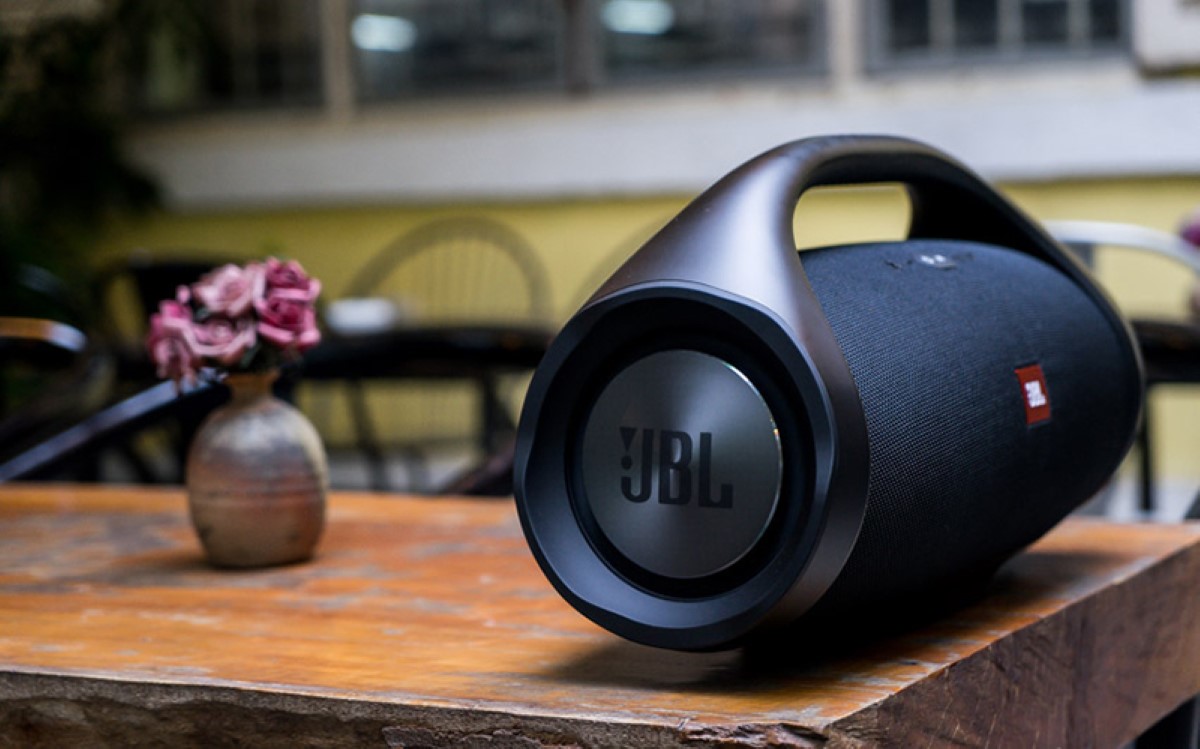
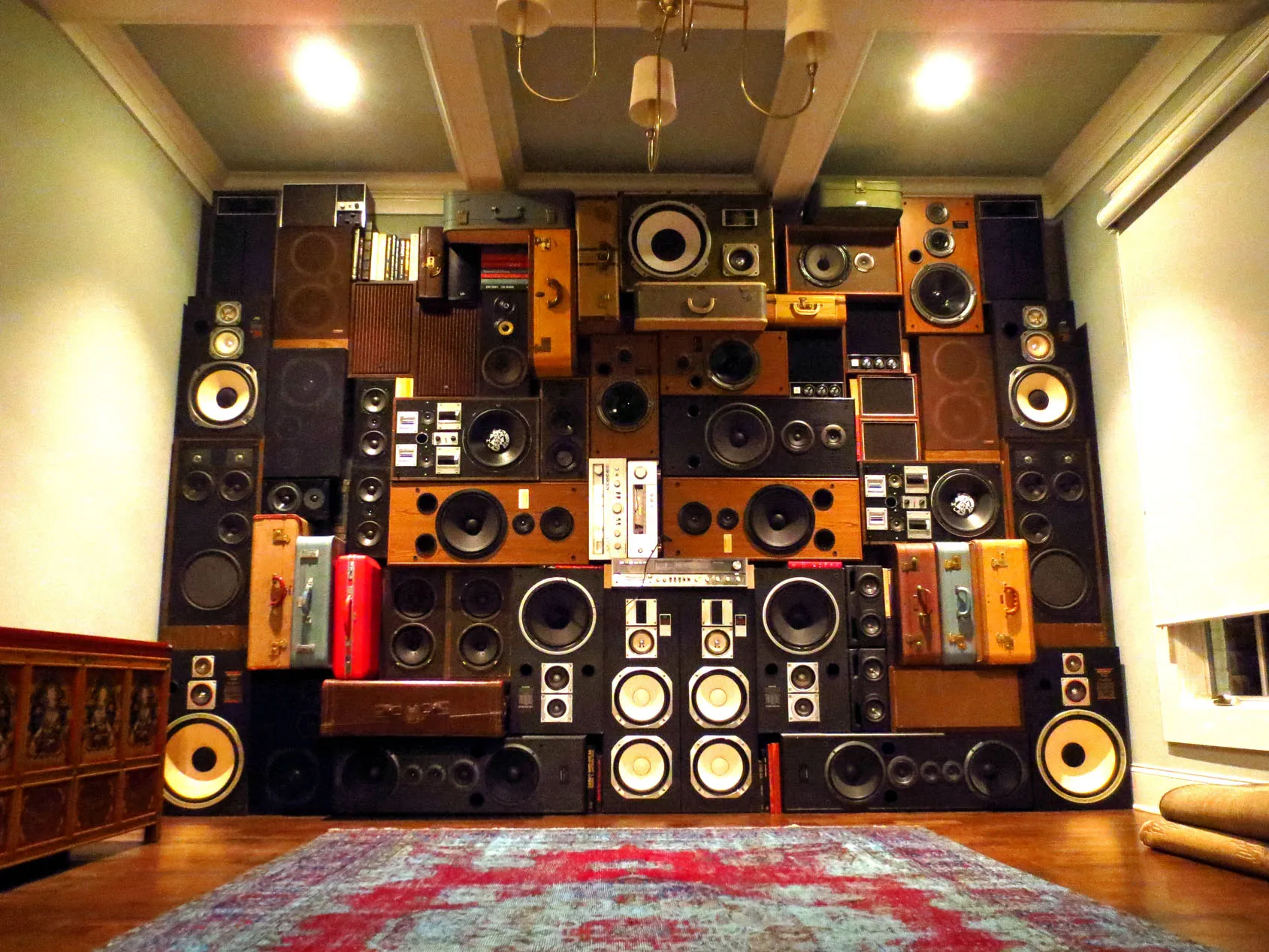
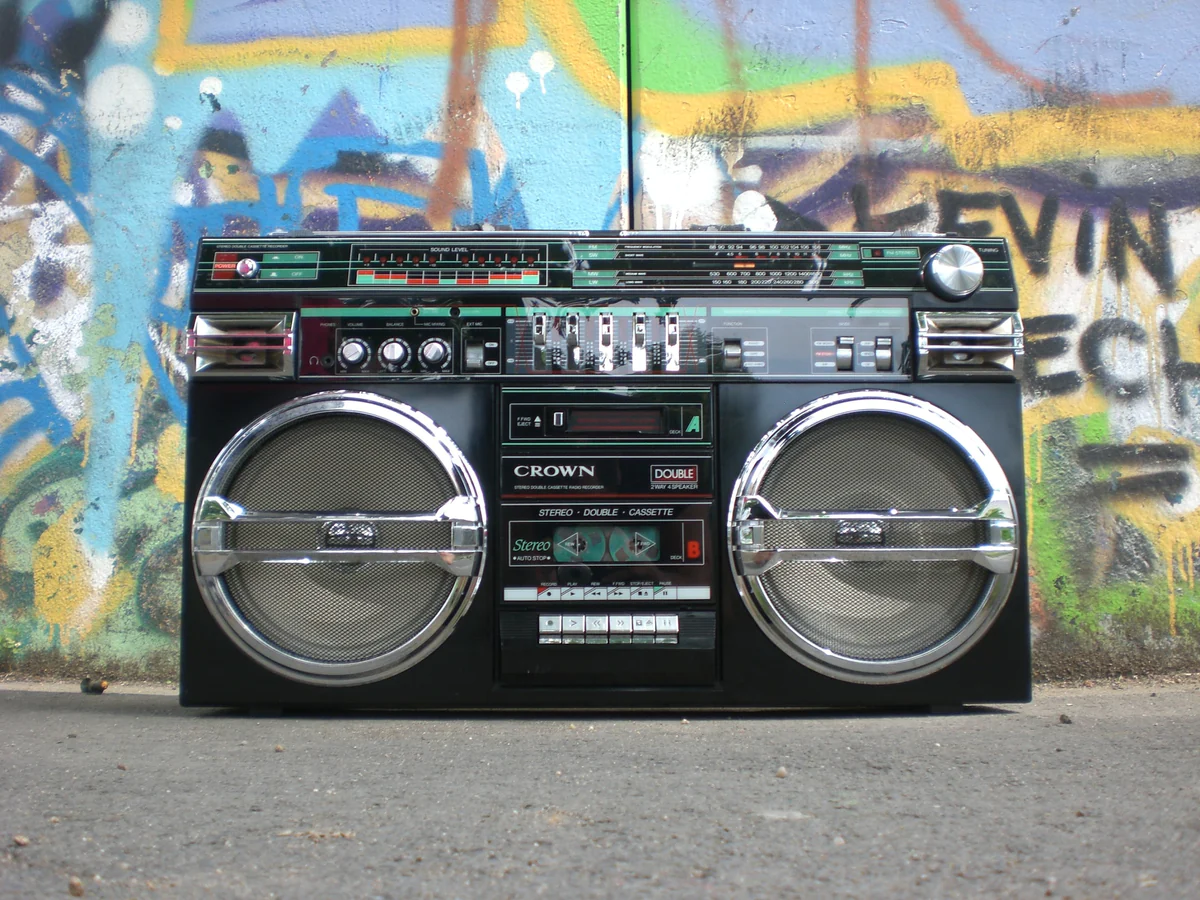
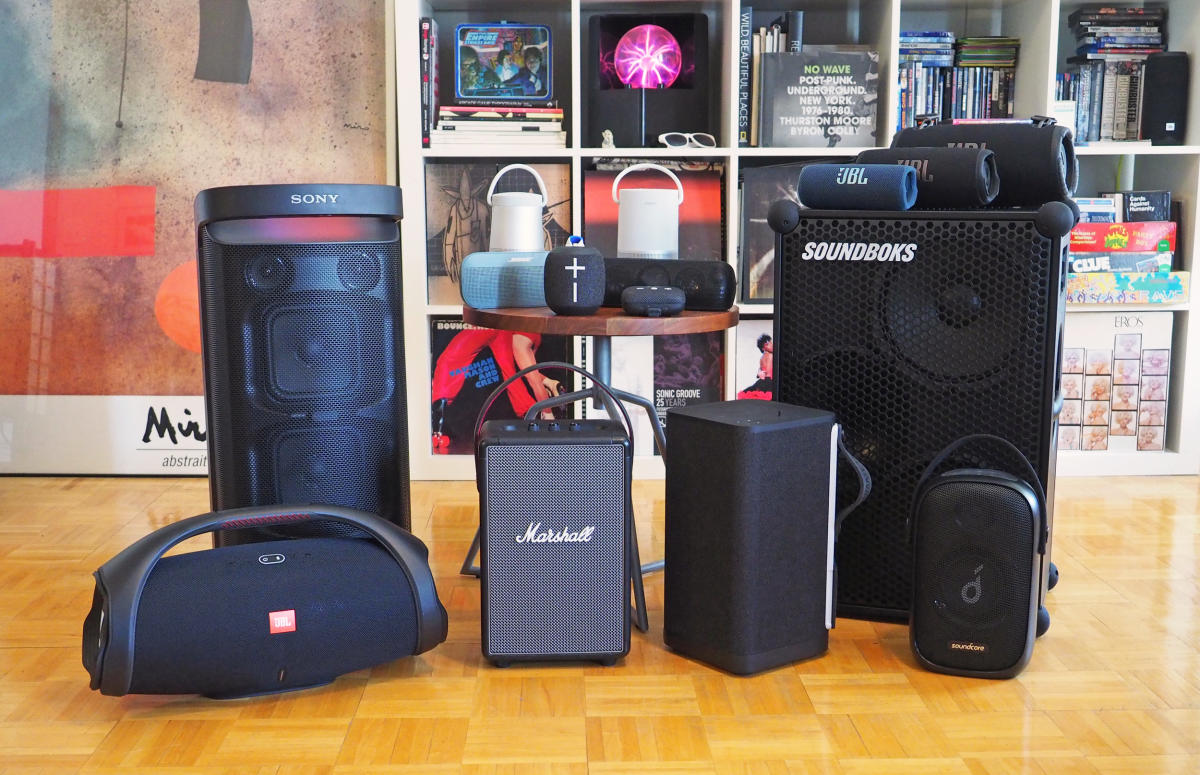
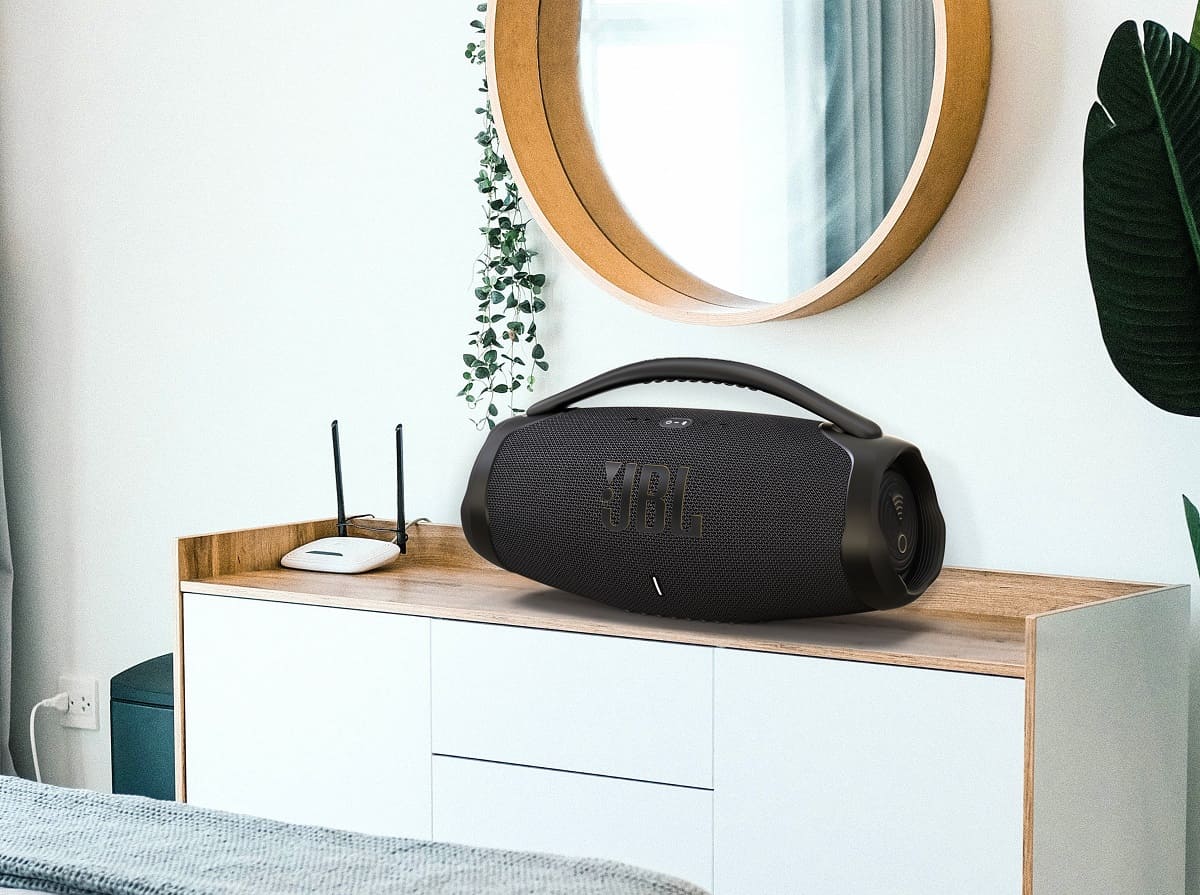
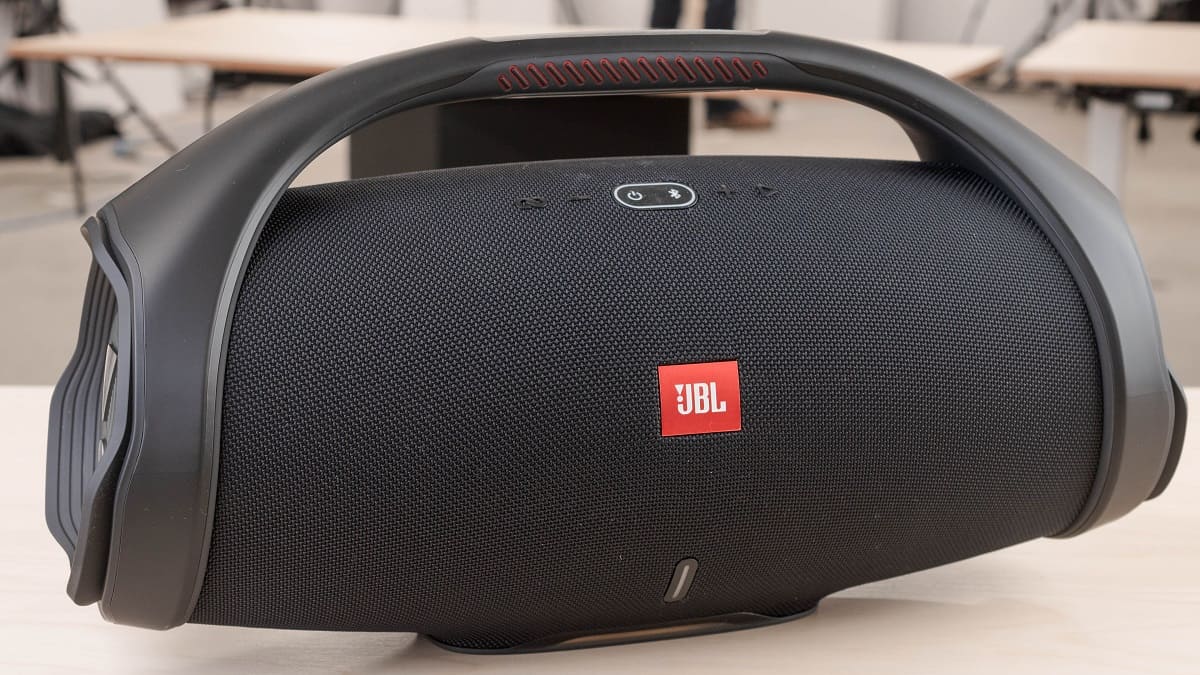
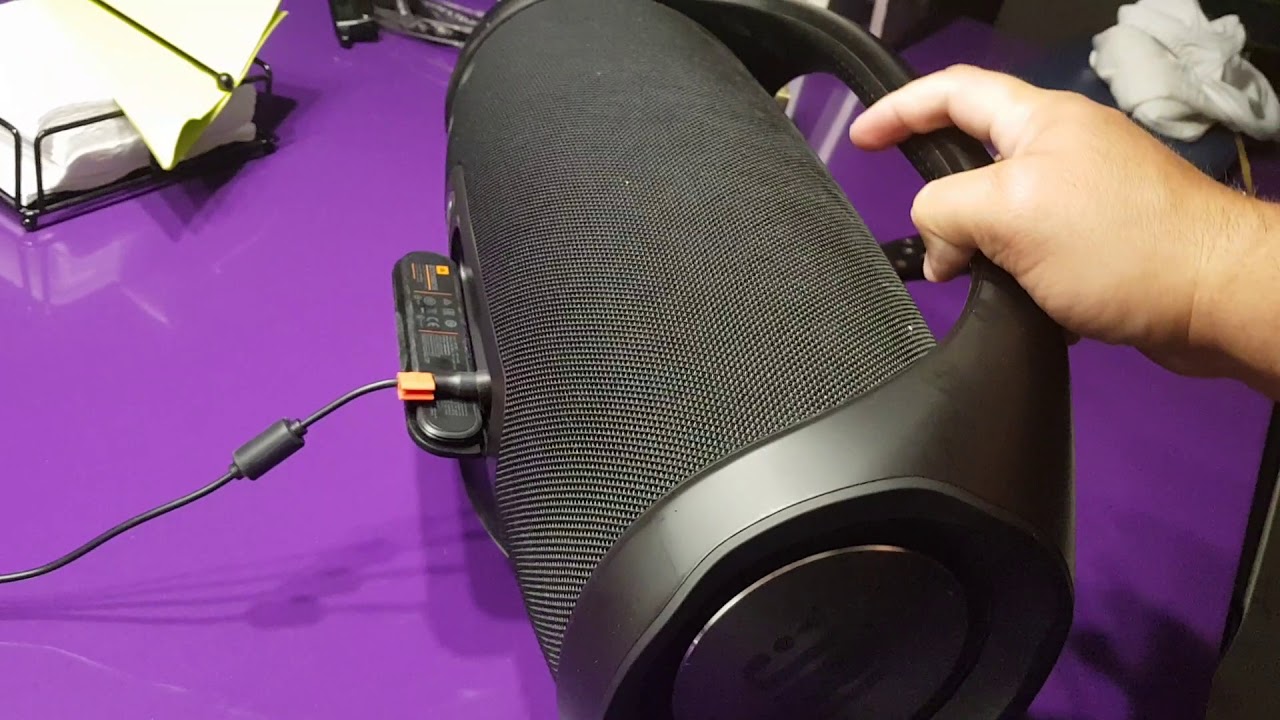
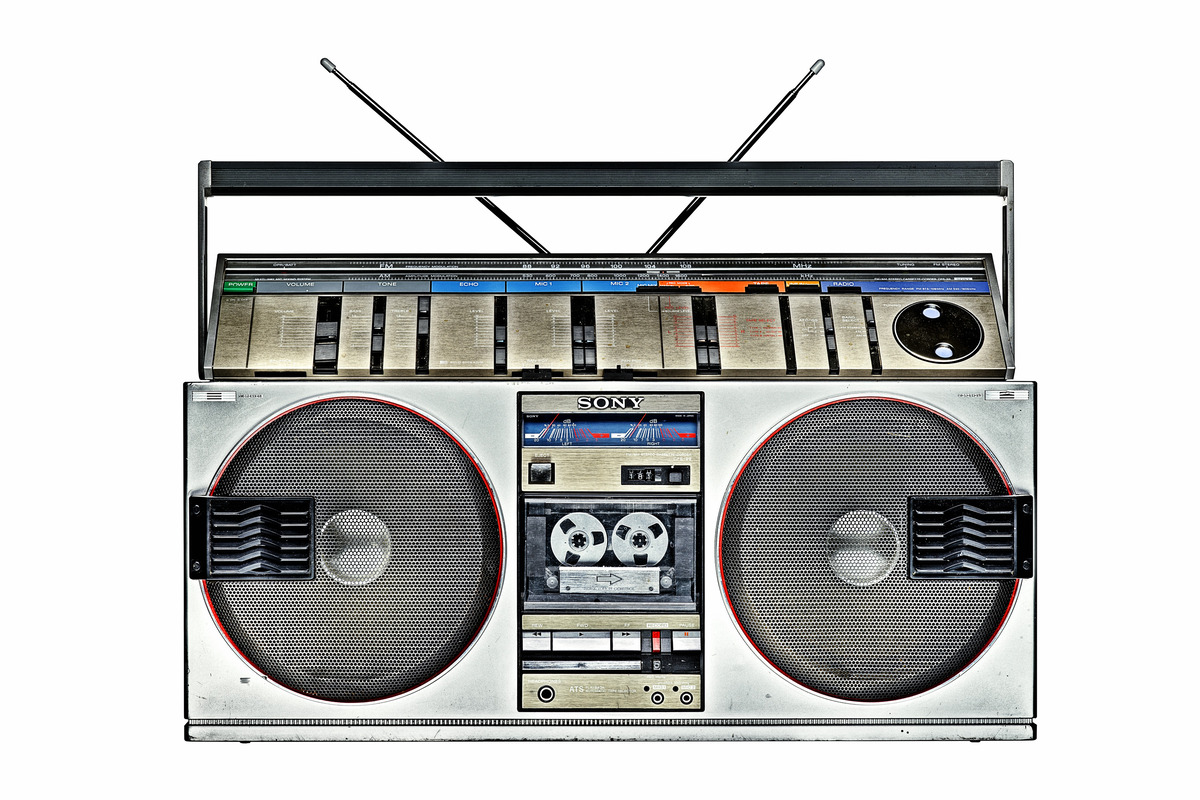


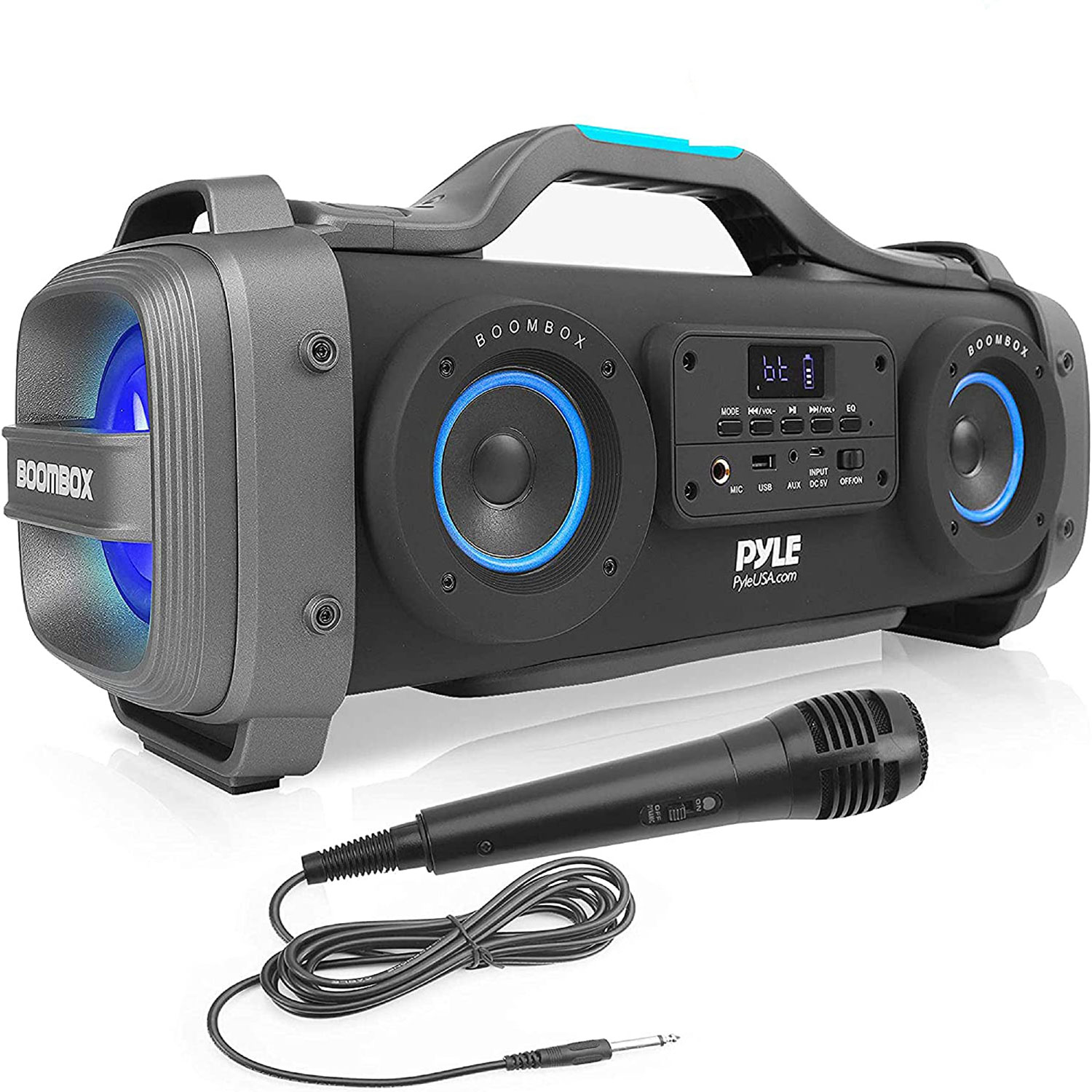
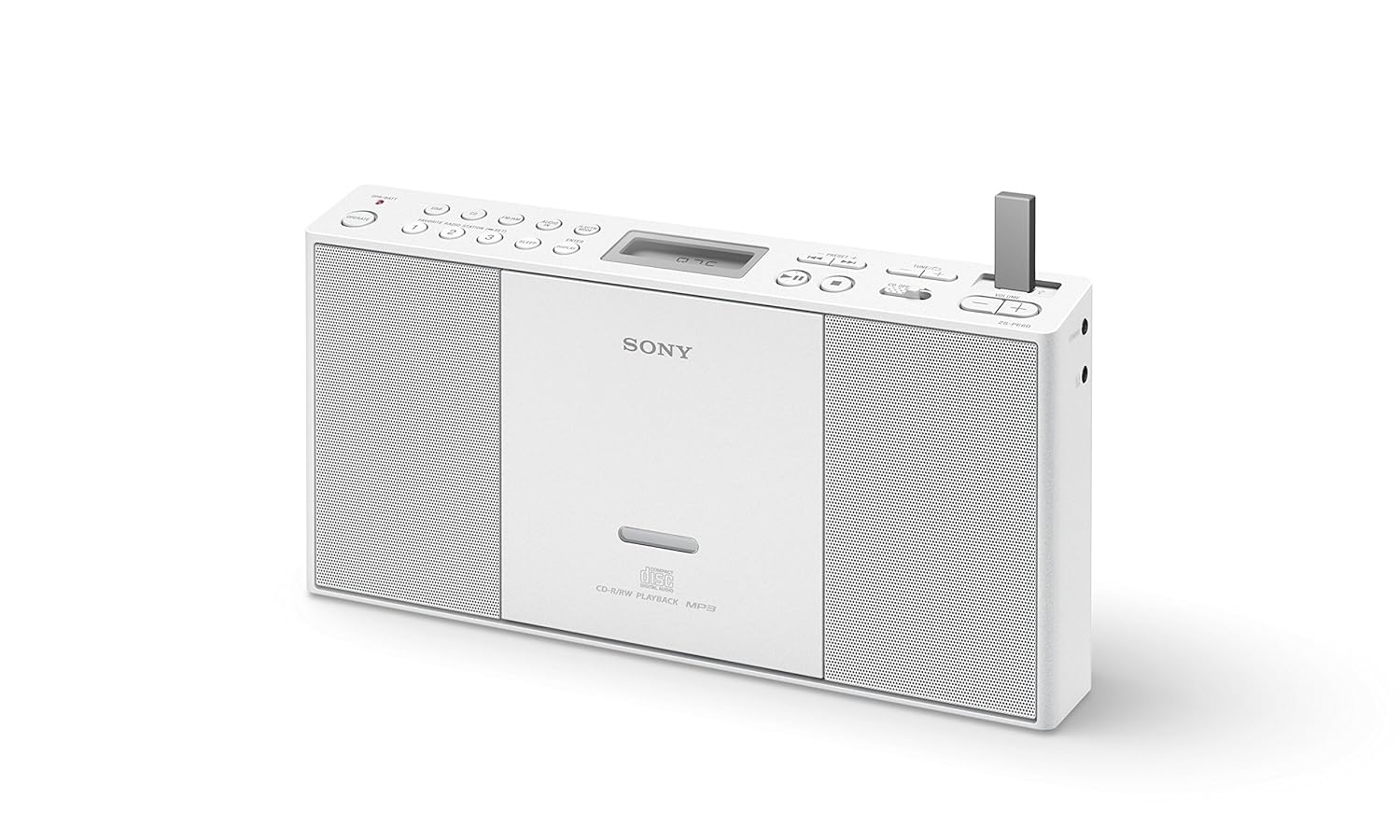

0 thoughts on “How To Build A Boombox”